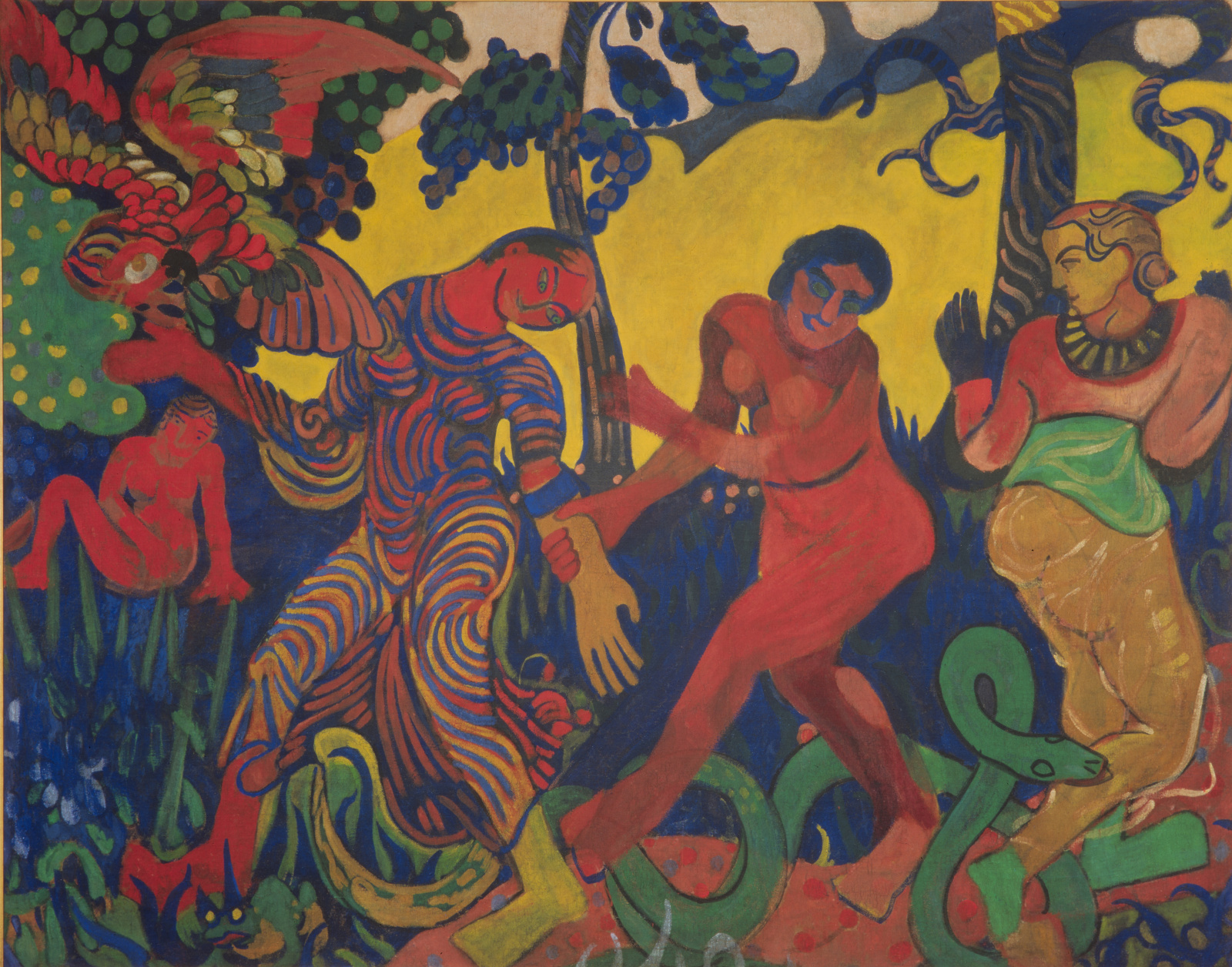Belle Époque – Three Chamber Music Evenings
with musicians from the Basel Symphony Orchestra & a guest appearance by soprano Christina Landshamer
As part of the exhibition «Matisse, Derain and Friends. The Paris Avant-Garde 1904-1908», Kunstmuseum Basel | Neubau, 2.9.2023-21.1.2024.
Musical curation: Dr. Hans-Georg Hofmann, artistic director, and musicians of the Basel Symphony Orchestra.
Admission to the new building and exhibition viewing: 6.10 p.m.
Admission to the event foyer/concert hall: 6.45 p.m.
Introduction by Hans-Georg Hofmann, artistic director of the Basel Symphony Orchestra, and start of the concert: 7.15 pm
With the concert ticket, you can visit the special exhibition «Matisse, Derain and Friends. The Paris Avant-Garde 1904-1908» until 7 p.m. The exhibition closes at 7 p.m.
At the invitation of the Kunstmuseum Basel, Hans-Georg Hofmann, artistic director of the Basel Symphony Orchestra, in collaboration with musicians of the Basel Symphony Orchestra, has created a musical journey inspired by the works of the Fauves titled «Belle Époque».
Hans-Georg Hofmann: «It is said to have been a beautiful time, especially by those who did not experience it. They later gave it the name Belle Époque. It refers to the period between the fin de siècle and World War I. Like many eras, it was beautiful for those who could afford beauty. It was a time of extravagant parties, a constant state of exception characterized by luxury and fashion.»
The Fauves themselves, commonly regarded as the first avant-gardists of the 20th century, were very interested in music. Matisse and Vlaminck, for example, were talented violinists and Braque played the accordion. It is known that Braque had a friendly relationship with Erik Satie, Maurice Ravel, and Claude Debussy, who were among the most innovative composers of their time.
For the Basel audience, musicians of the Basel Symphony Orchestra and soprano Christina Landshamer will resurrect the atmosphere of the Parisian salons of the Belle Époque in three chamber concerts.
Dates
27.10. Belle Époque 1 «Chausson & Ravel»
Yulia Kopylova (solo violin), Carlos Graullera (violin 1), Teodora Dimitrova (violin 2), Daria Kozlitina (viola), Benjamin Gregory-Smith (cello), Christian Chamorel (piano)
Maurice Ravel (1875-1937): Piano Trio (1914)
Ernest Chausson (1855-1899): Concerto for Violin, Piano, and String Quartet (1889/91)
The Parisian composer Ernest Chausson was one of the most promising talents in French music but died in 1899 at the age of 44 due to a cycling accident. In 1892, he wrote his Violin Concerto for the chamber music setting of a piano quintet. Not only the instrumentation, but also the opulent sound with its chromaticism and broad formal structure, caused enthusiasm at the premiere and astonishment at the modern musical language. Ravel's Piano Trio was composed during a time when the tolling bells already announced World War I. This is hardly noticeable in the music - it is rather a (retrospective) look back at a cheerful and carefree era.
24.11. Belle Époque 2 «Harp & Cello»
Aurélie Noll (harp), Yolena Orea Sànchez (cello)
Works by Gabriel Fauré (1845-1924), Camille Saint-Saëns (1835-1921), Manuel De Falla (1876-1946), and others
With the invention of the pedal harp, which can be played simultaneously by hands and feet, the audience in the Parisian salons and opera houses was captivated by the ethereal sounds and their effects on the human soul. In addition to the harp, the cello with its melancholic sound became the favorite instrument of the Belle Époque. We invite you to an encounter of these two sensual instruments with a selection of the most popular melodies of that time by Fauré and Saint-Saëns. Works by De Falla and Granados, which influenced the Parisian music scene around the turn of the century with their Spanish rhythms and colors, complete the program.
8.12. Belle Époque 3 «La dernière Valse»
Christina Landshamer (Soprano), Friederike Starkloff (Violine 1), Valentina Jacomella
(Violine 2), Harold Hirtz (Viola), David Delacroix (Violoncello), Iryna Krasnovska (Piano)
Gabriel Fauré (1845-1924): Piano Quartet No. 1 (1876/79)
Claude Debussy (1862-1918): Ariettes Oubliées (1885/87), based on poems by Paul Verlaine in an arrangement for soprano and string quartet by Joan Bachs
Songs arranged for soprano and string quartet by Reynaldo Hahn (1874-1947), Eric Satie (1866-1925), George Gershwin (1898-1937), Francis Poulenc (1889-1963) in an arrangement by Alexander Krampe
Fauré's Piano Quartet No. 1 is one of the central chamber music works of the Belle Époque. Sensuous colors blend with a strict formal structure that influenced subsequent composers like Ravel and Debussy. Debussy's «Ariettes Oubliées» are six songs based on poems by Paul Verlaine. Debussy set them to music between 1885 and 1887 and dedicated them in 1903 to his lover Mary Garden, the «unforgettable Mélisande». We will hear these songs in an arrangement for soprano and string quartet. The program is framed by songs and chansons by Hahn, Satie, Gershwin, and Poulenc, which under the motto «La dernière Valse» offer a musical glimpse into Parisian nightlife.

No events were found.
